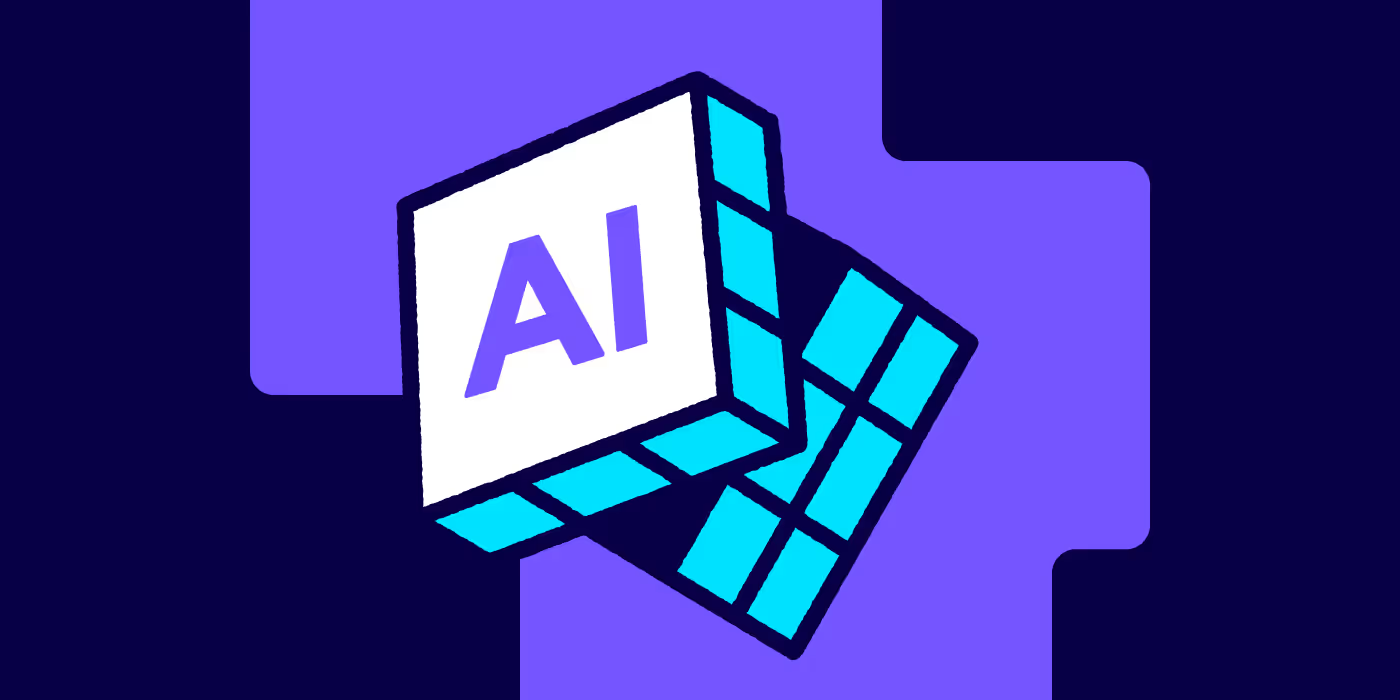The role of the software engineer is being redefined in real time. For decades, engineers were the “bricklayers” of tech, writing line after line of code to carefully construct solutions. That role isn’t going away, but it is being reshaped.
AI isn’t here to replace engineers. It’s here to elevate them. The new bar for success is the AI architect: an engineer who uses artificial intelligence to solve complex business problems, not just ship code.
This post looks at how top engineering leaders are approaching that shift—how they’re hiring, training, and empowering teams to thrive in this new reality.
From Bricklayer to Architect
Traditionally, an engineer’s job was to take a well-scoped problem and implement a solution. The questions were tactical: What function do we need to build? What lines of code will get us there?
But that’s exactly where AI is stepping in. As engineering leader Lalit Kundu puts it: “AI is becoming the new bricklayer.” Large language models and developer tools can now generate boilerplate code, write tests, and even complete entire functions.
That doesn’t make engineers obsolete, it frees them. The new role is less about execution and more about design. The architect focuses on the why and the how:
- Why are we building this feature?
- How will it fit into the bigger picture?
- What’s the impact for the business and the user?
The Real Job of an Engineer
The most valuable skill an engineer brings to the table has never been syntax; it’s problem-solving. Clean code is important, but the core job is transforming business challenges into technical solutions.
AI accelerates the tactical execution, which means engineers can spend more time on what really matters:
- Prototyping ideas faster
- Refining the user experience
- Collaborating with product teams
- Ensuring solutions solve the right problem
Instead of spending days building a foundation, an engineer can generate a draft in hours—and focus on validating business value.
How Leaders Are Driving AI Adoption
For leaders, this shift isn’t about handing out new tools and hoping for the best. It’s about building a culture where experimentation is encouraged and trust is the default. Teams should feel safe experimenting with AI, even if the results aren’t perfect.
Practical ways to encourage that:
- Run internal hackathons with AI-focused projects
- Dedicate R&D time to exploring tools
- Build shared knowledge hubs where teams post AI use cases
Bottom-up adoption beats top-down mandates. When engineers are trusted to explore, the best tools and practices naturally rise to the surface.
The Future: AI-Augmented, Not AI-Driven
The shift from bricklayer to AI architect is already underway. Engineers are no longer measured just by output but by their ability to think strategically, design resilient systems, and solve real business problems.
The leaders who embrace this reality and empower their teams to use AI as a force multiplier will attract top talent and build products that outpace the competition.
The future of engineering isn’t about AI replacing humans. It’s about AI-augmented engineers redefining what’s possible.
Check out the webinar that sparked this article, Scaling High Performing Engineering Teams in 2025 & Beyond.






